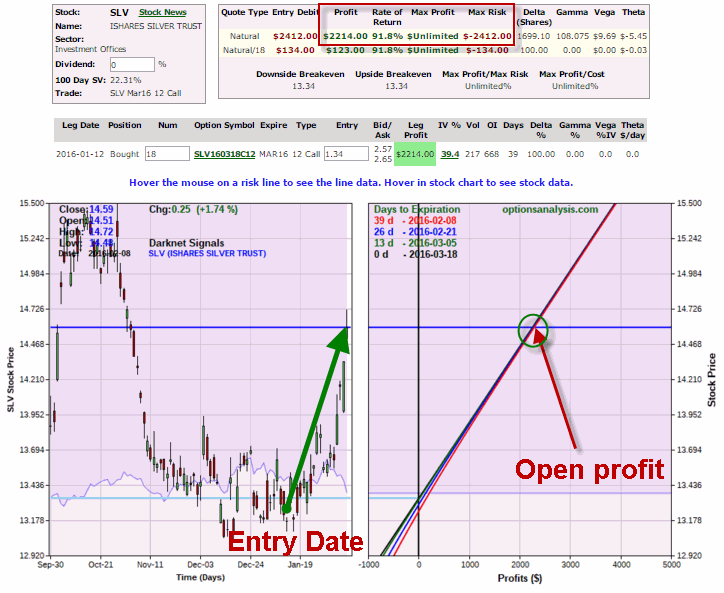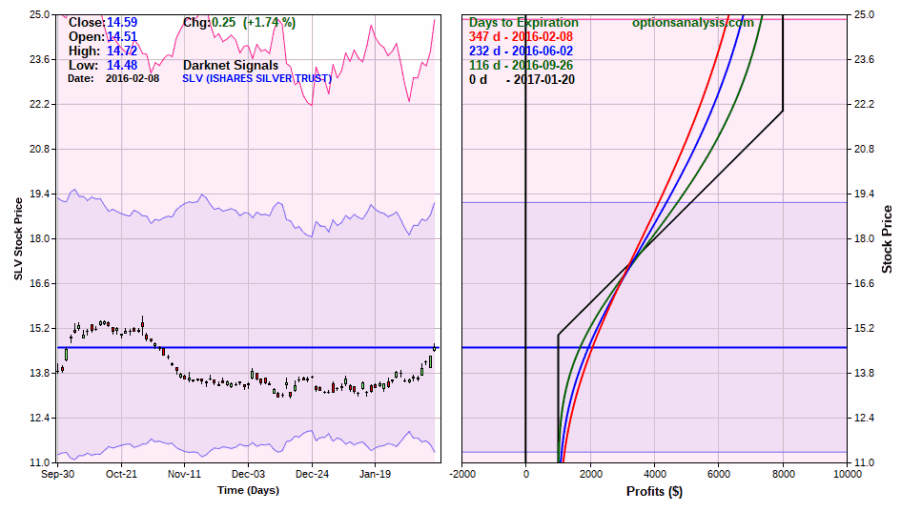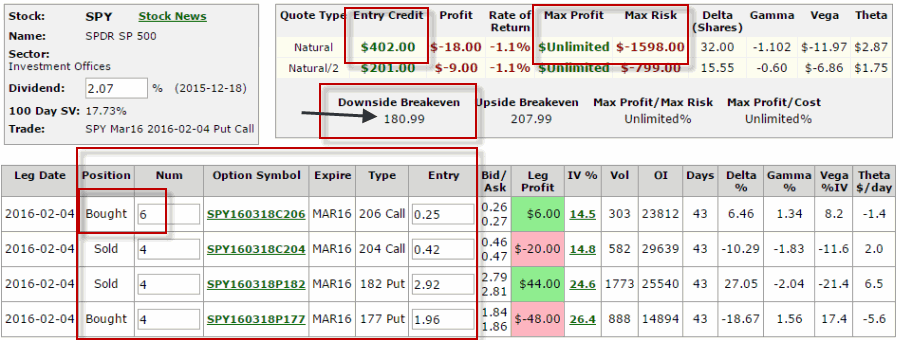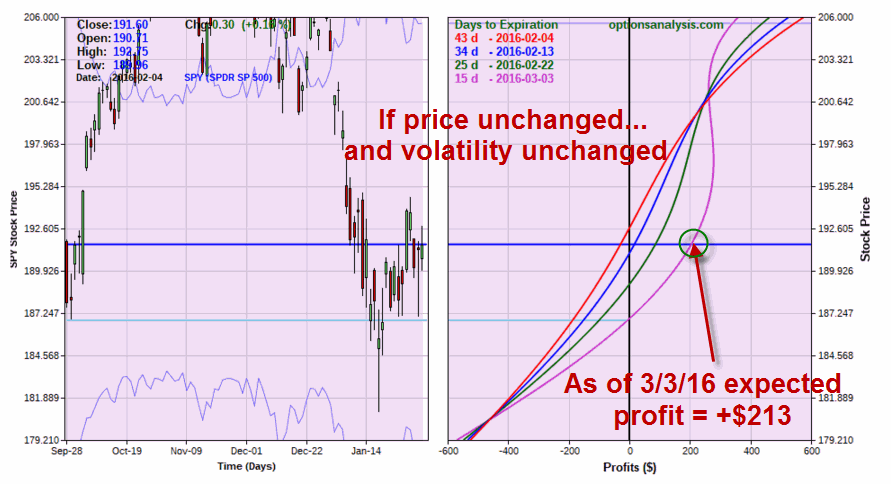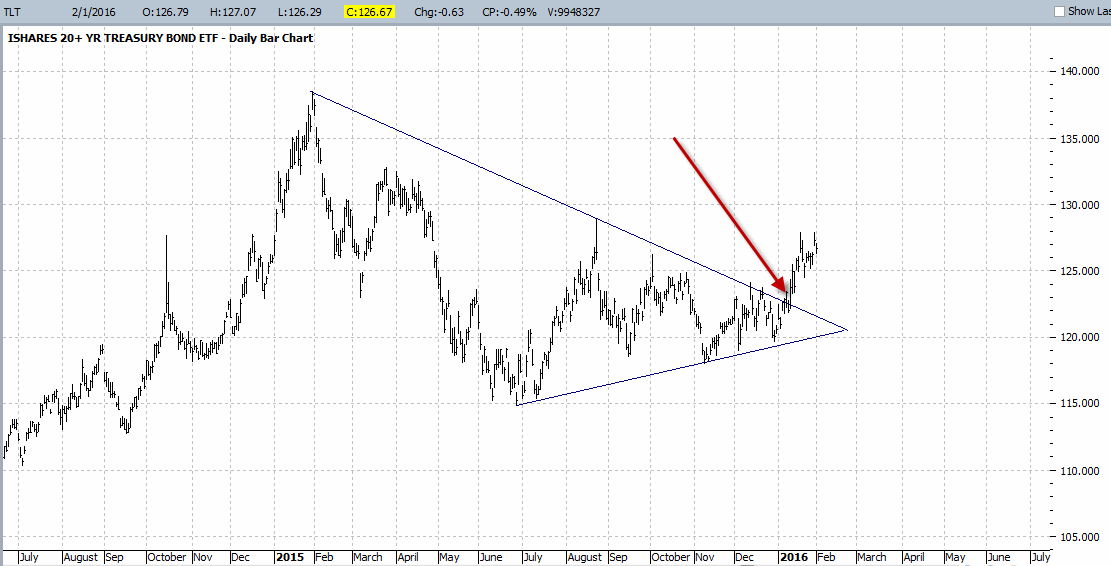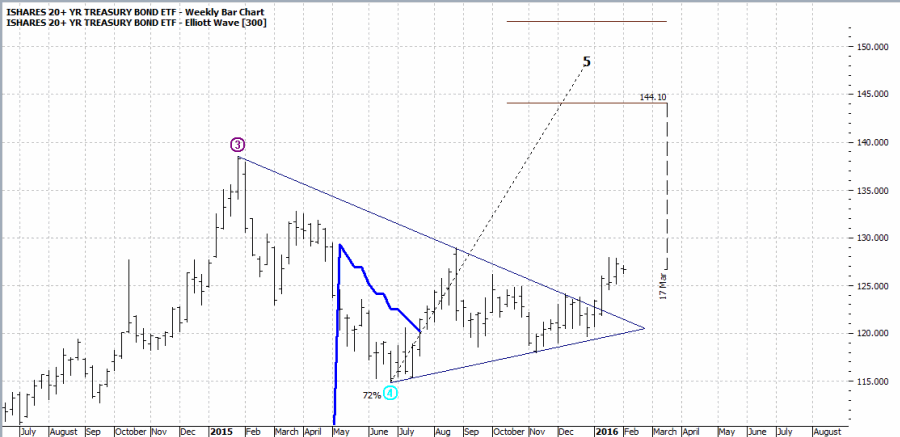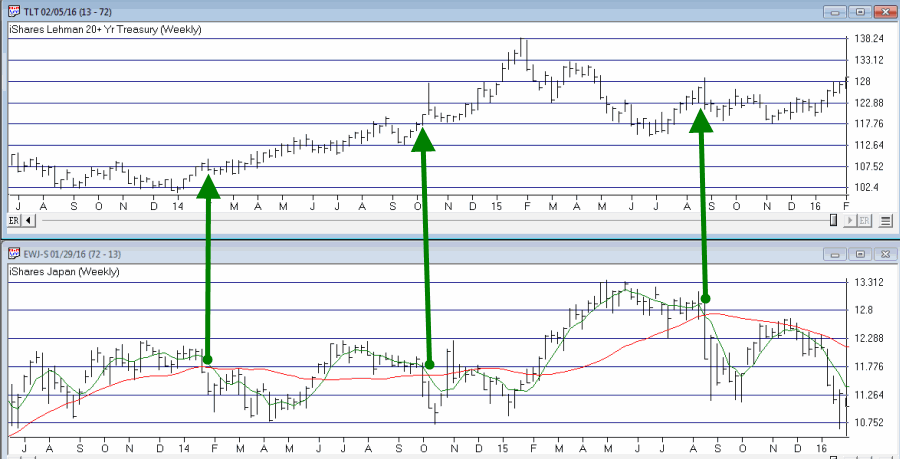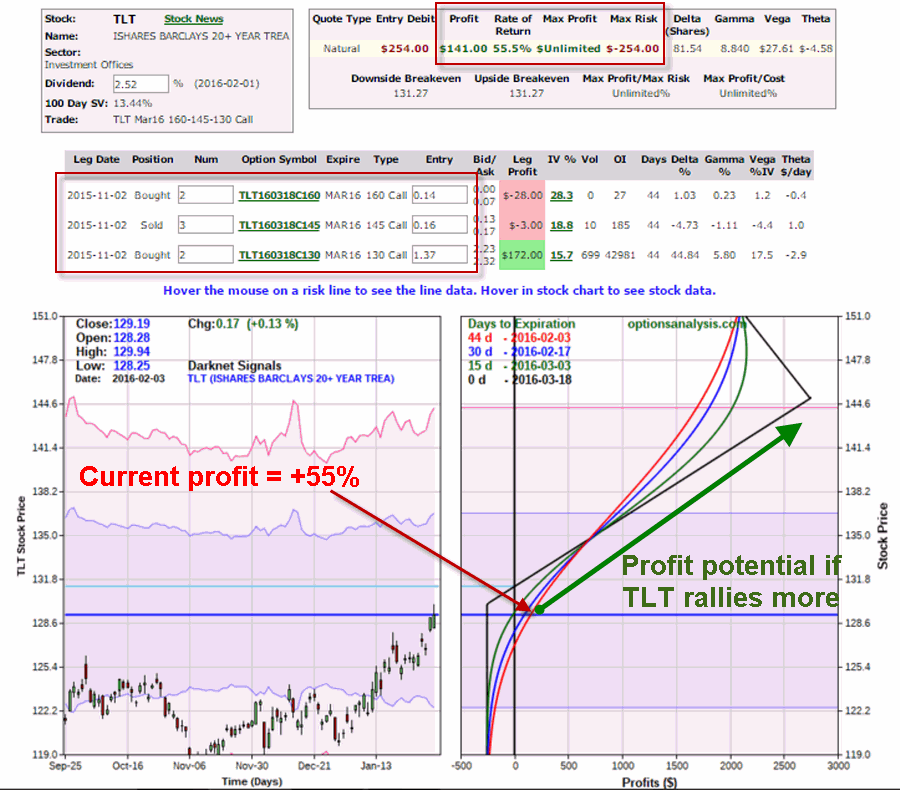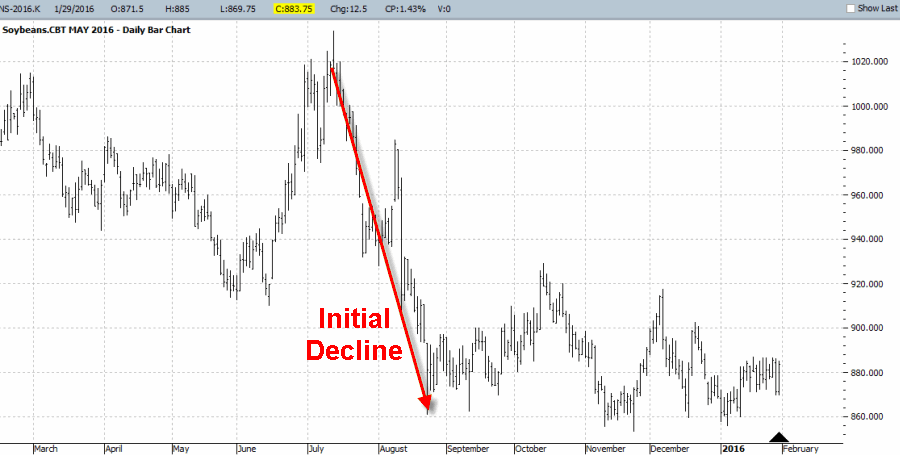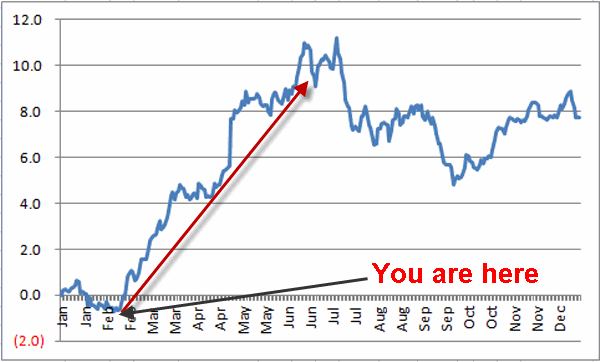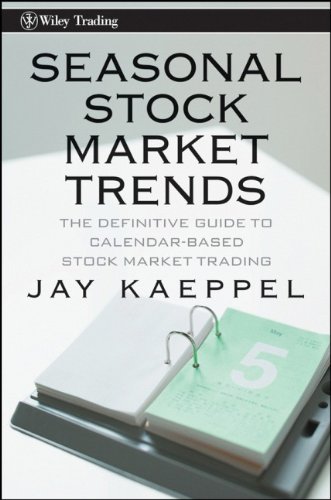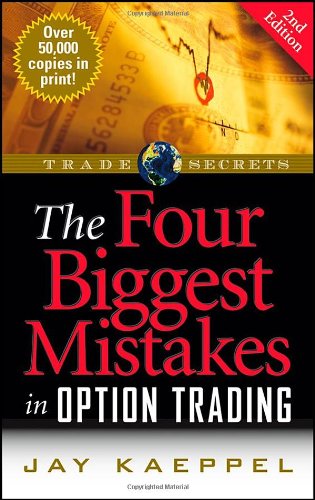We live in interesting times. At the moment things are “so interesting” that the traditional long-term investing approach to, well, investing is not faring so well. Fortunately – and seemingly unbeknownst to far too many individuals – there are alternatives to simply sitting there and “taking it.”
This is a tale of one of those ways. Not necessarily the “best” way mind you. And certainly not the only way. But, hey, its “one way.”
Bull Put Spread in SPY
A “bull put spread” is an option trading strategy that essentially makes money as long as the security in question remains above a certain price. In other words, it does not necessarily require a bullish move in the underlying security for the trade to profit. Anything besides the underlying security falling apart will typically suffice.
There are a few key ingredients that a trader should look for before utilizing this strategy:
*Some reason to believe that the underlying security will remain above the breakeven price long enough for the trade to make money (this typically involves either an obvious support level, a particular chart pattern and/or some confirmation from one or more technical indicators that price will stabilize or move higher).
*High implied option volatility (because a bull put spread involves “selling premium” and has limited profit potential, it is important to sell as much premium as possible. High implied volatility tells us that there is a lot of time premium built into the price of the options).
The Setup in SPY
In Figure 1 we see a bar chart for ticker SPY – the ETF that tracks the price of the S&P 500 Index.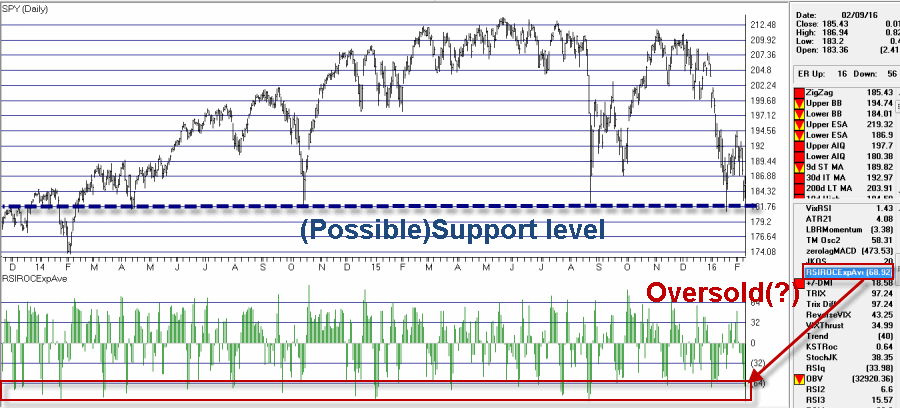 Figure 1 – SPY with Support level and Oversold reading (Courtesy AIQ TradingExpert)
Figure 1 – SPY with Support level and Oversold reading (Courtesy AIQ TradingExpert)
As you can see:
*There is a clear “line in the sand” support level not too far below the recent price level. Does this guarantee that the recent decline will end there? Not at all. But it does provide us with a price level which – if pierced – can serve as a natural stop-loss point. And prices do have a way of bouncing off of major support levels (sometimes?).
*Also, SPY is oversold according to the custom indicator that I created that is highlighted (and which I wrote about here; see Measure #2). Does this guarantee a bounce? Again, not at all. But the indicator in question does show a decent propensity to identify at least short-term turning points for SPY.
In Figure 2 we see that implied volatility for SPY options has “spiked” back up to a relatively high level. Again, this implies that there is an above average level of time premium built into the price of SPY options. Figure 2 – SPY with high IV (Courtesy www.OptionsAnalysis.com)
Figure 2 – SPY with high IV (Courtesy www.OptionsAnalysis.com)
Bull Put Spread
As always, what follows is an “example” and not a “recommendation”. But the example trade highlighted involves:
*Selling 6 Feb Week 4 SPY 178 puts @ 1.62
*Buying 6 Feb Week 4 SPY 173 puts @ 0.86
The particulars appear in Figure 3 and the risk curves appear in Figure 4.
 Figure 3 – SPY Bull put spread (Courtesy www.OptionsAnalysis.com)
Figure 3 – SPY Bull put spread (Courtesy www.OptionsAnalysis.com)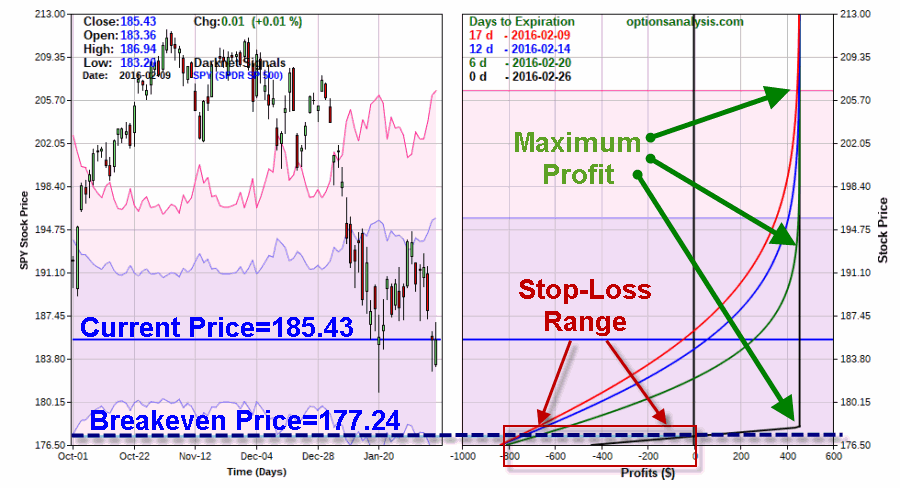 Figure 4 – SPY Bull put spread risk curves (Courtesy www.OptionsAnalysis.com)
Figure 4 – SPY Bull put spread risk curves (Courtesy www.OptionsAnalysis.com)
A few things to note:
*SPY is trading at 185.43
*The breakeven price for this position is 177.78
*There are only 17 days left until option expiration (so if SPY can stabilize at all these options will start to lose time premium quickly)
*The maximum profit potential is $456 and will be realized if SPY is at 178 or higher as of Feb 26.
*The maximum loss is $2,544 but would only be realized if we still held the position at option expiration and SPY was at 173 or below
*A natural stop-loss level might be just below the breakeven price of 77.78. If hit a loss of almost $0 to as much as -$800 depending on whether that level is hit later or sooner.
Summary
Again, I am not telling you that this is a great trade and that I am recommending it. What I am telling you is that it is a great example of “things to look for” that might make a bull put spread a good choice of strategy:
*An oversold market (or one that appears like it might move sideways to higher)
*High implied volatility
*A “line in the sand” support level that can serve to tell us when we are wrong (price above support = “right”; price below support = “wrong”).
Jay Kaeppel
